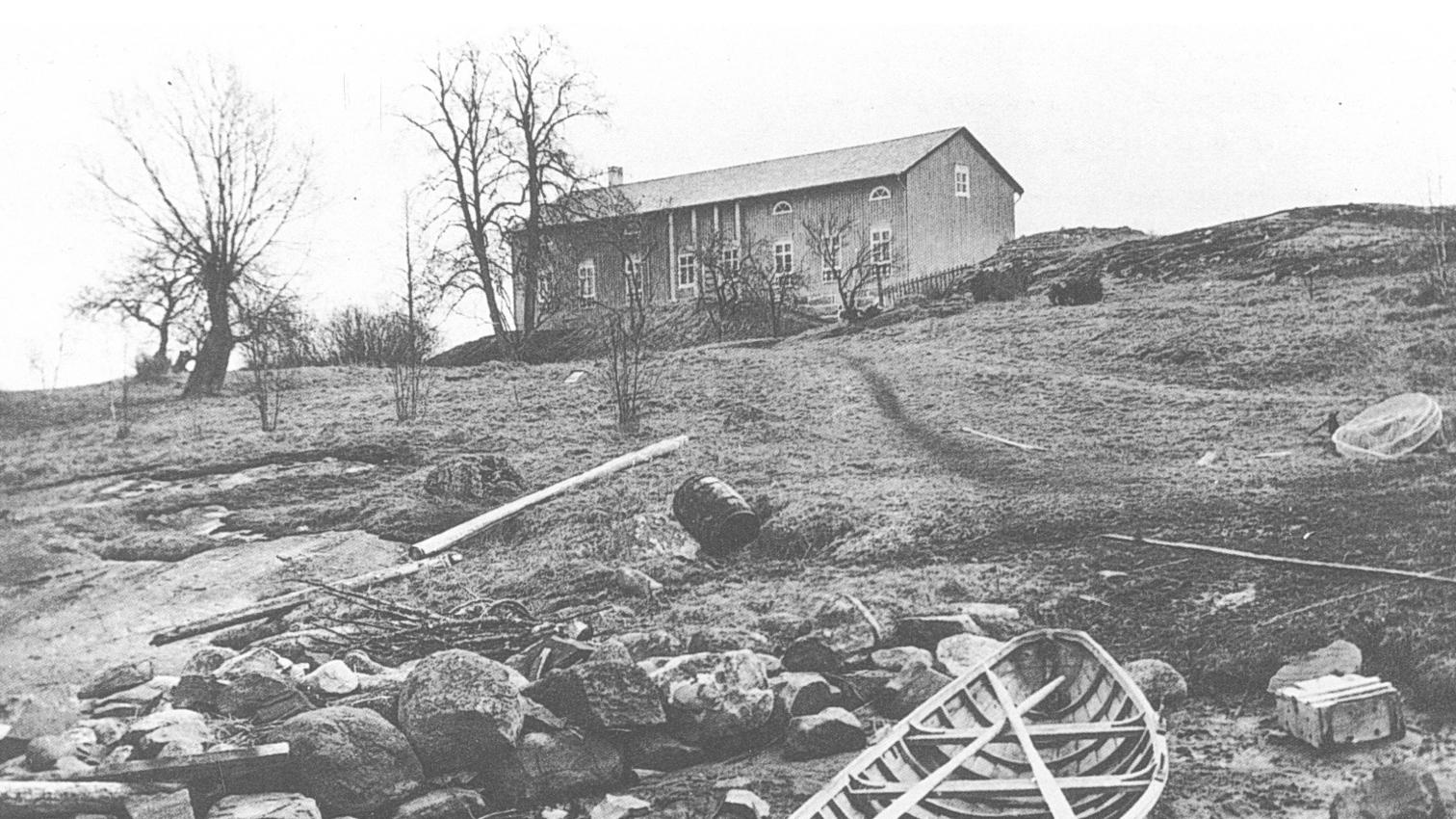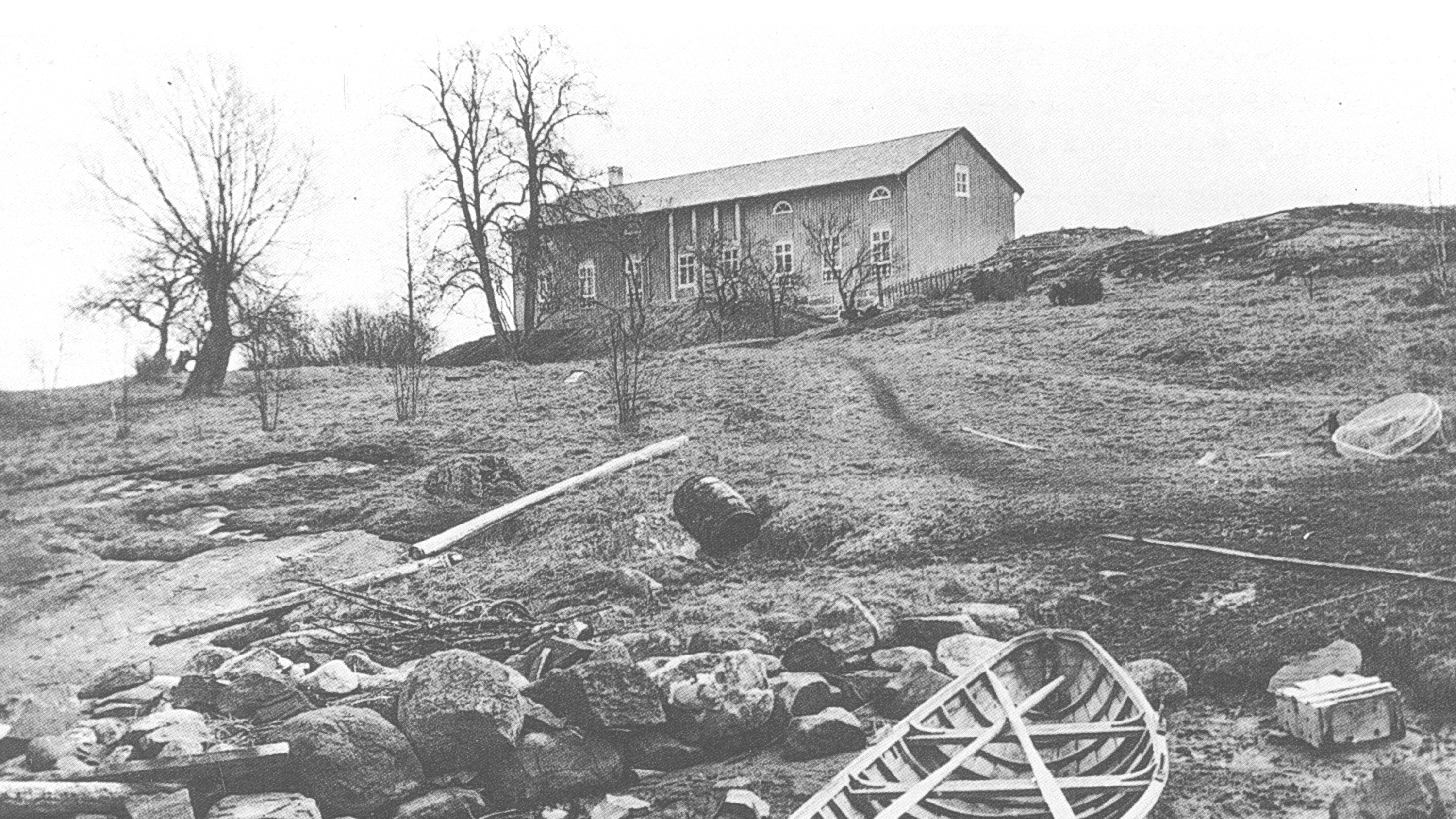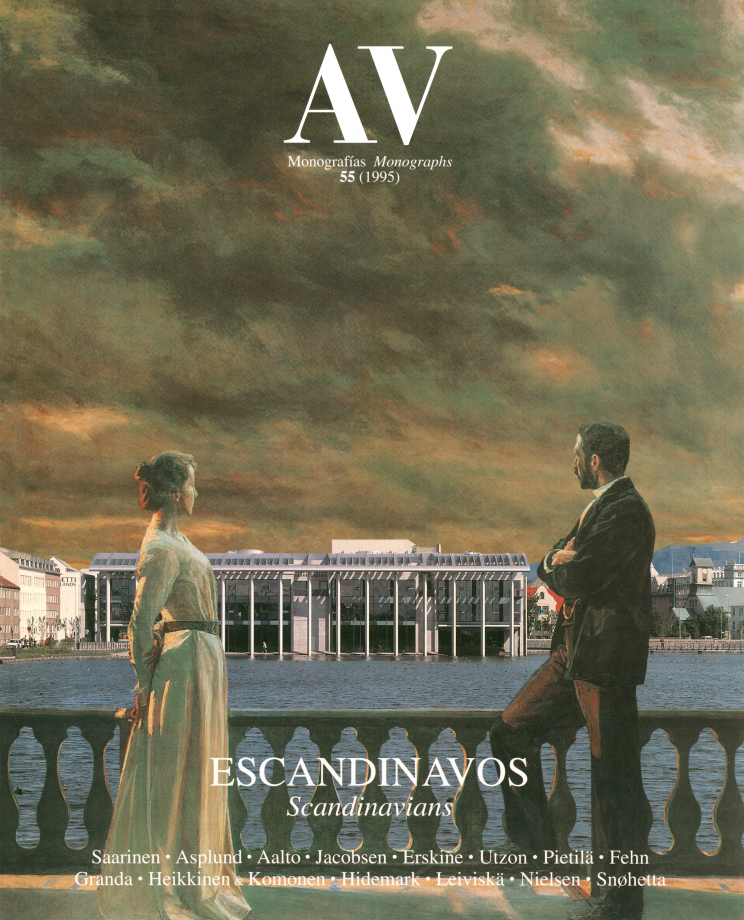Erik Bryggman (1891-1955)
Between Two Traditions

Skogsbóle House, Kemio, 1924
One of the strongest keys to the sensibility of Erik Bryggman lies in his travel sketches. For him individual buildings were never really separated from the surrounding landscape; in 1923, in an essay on rural architecture, he wrote: “We should understand that beauty is not a mysterious veil thrown over a building but a logical result of having everything in the right place.
” With Bryggman’s best buildings there is a sense of human ease, a lack of polemic, which is both their strength and their weakness. Even his absorptions from ‘international functionalism ’ (eg, the Villa Warén, Runsala, Abo of 1932-1933) resulted in works of a certain topographical irregularity quite unlike the prototypes which inspired them. In fact, the obvious changes in his external style mask an extraordinary consistency in his planning approach. If one can forget the evident differences between buildings with a classical expression, and buildings wearing a modem uniform, one is struck by a continuous attitude towards plan, geometry and placement...[+]






